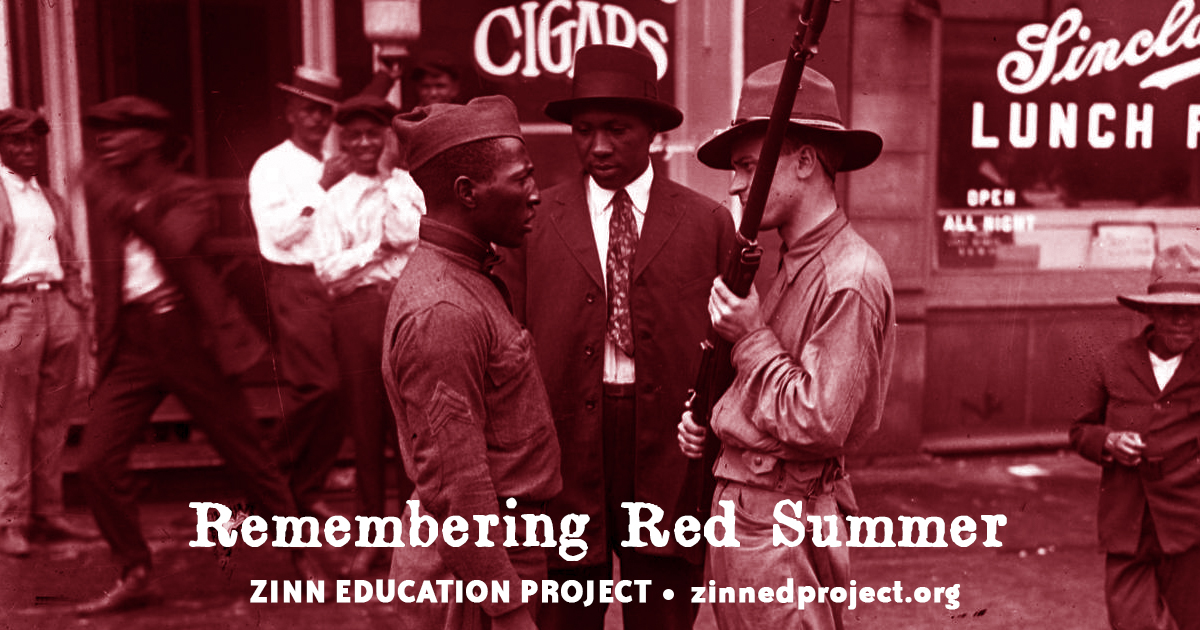
By Ursula Wolfe-Rocca
Confronting a national epidemic of white mob violence, 1919 was a time when Black people defended themselves, fought back, and demanded full citizenship in thousands of acts of courage and daring, small and large, individual and collective. Neither the defiance of Black communities in 1919 nor the racist violence to which it was a response was anomalous. 1919 is a moment that reaches back to the Stono Rebellion, Nat Turner, and Robert Smalls, and forward to the Black Lives Matter movement and the 2020 rebellion. The racist riots of 1919 are critical to understanding our past and our present.
But pull a standard U.S. history textbook off the shelf and you’re unlikely to find more than a paragraph on the 1919 riots; what you do find downplays both racism and Black resistance, while distorting facts in a dangerous “both sides” framing. These textbooks render students stupid about white supremacy and bereft of examples from those who defied it. At this moment of revived racist backlash, today’s students — and all the rest of us — need to learn the lessons of 1919.
White Rage, Black Self-Defense
In 1919, Charleston, South Carolina; Longview, Texas; Bisbee, Arizona; Washington, D.C.; Chicago; Knoxville, Tennessee; Omaha, Nebraska; and Elaine, Arkansas experienced a wave of anti-Black collective violence usually and problematically termed “race riots.” In addition, white supremacists lynched nearly 100 Black people and initiated dozens of smaller racist clashes throughout 1919. In Pittsburgh, the Klan made clear the goal of this bloody work in the printed notices posted around a Black neighborhood: “The war is over, negroes. Stay in your place. If you don’t, we’ll put you there.”
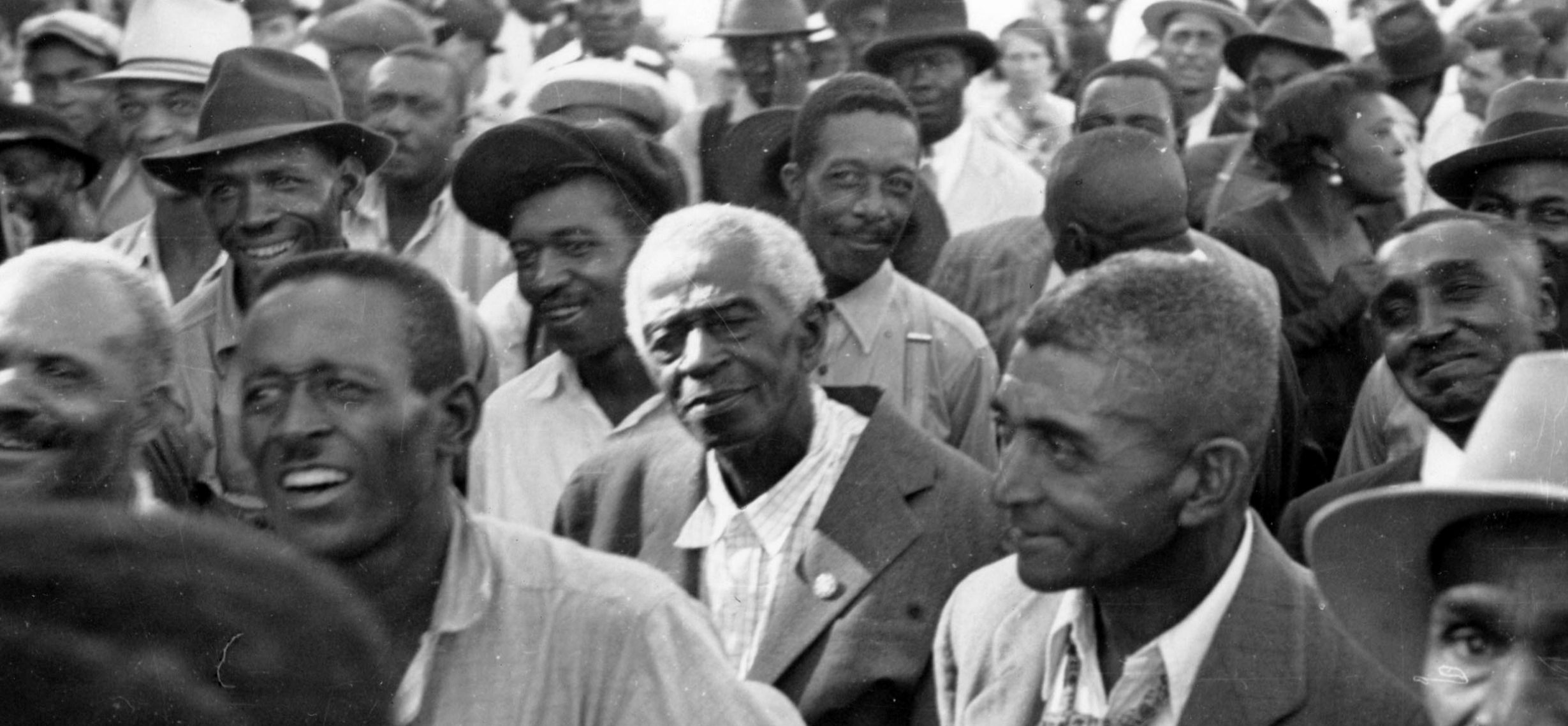
Southern Tenant Farmers Union meeting in 1937. Photo by Louise Boyle. Source: Kheel Center
Historian Carol Anderson, in her 2016 book White Rage, argues, “The trigger for white rage, inevitably, is Black advancement. It is not the mere presence of Black people that is the problem; rather, it is Blackness with ambition, with drive, with purpose, with aspirations, and with demands for full and equal citizenship.” Red Summer (so deemed by NAACP leader James Weldon Johnson to capture its sheer bloodiness) is a study in white rage. Throughout 1919, the exercise of Black agency — Black veterans wearing their military uniforms in public, Black children swimming in the white section of Lake Michigan, Black sharecroppers in Arkansas organizing for better wages and working conditions — was met with white mob terror broadcasting the message: “Stay in your place.”
But in 1919, Black people did not stay in their place.
In Knoxville, armed Black men organized themselves throughout the Black community to successfully repel hundreds of white rioters who had already destroyed the county jail with a battering ram and dynamite. In Chicago, African Americans formed self-defense units after days of white terror in their neighborhoods. Many of these defenders were World War I veterans like Harry Haywood, of the all-Black 370th Infantry Regiment, who explained, “I had been fighting the wrong war. The Germans weren’t the enemy — the enemy was right here at home.” In Washington, D.C., 17-year-old Carrie Johnson opened fire on men breaking into her home while 1,000 white rioters laid siege to her neighborhood. In Anniston, Alabama, a Black veteran, Sgt. Edgar Caldwell, was ordered out of the white section of a streetcar. He refused. Kicked out of the car and set upon by the white motorman and conductor, Caldwell shot his pistol twice, killing one of his attackers. Though uncoordinated, when looked at together, these hundreds of moments in 1919 read as an awesome display of collective Black agency and self-preservation.
“Dying, but Fighting Back!”

“You’ll consider me seriously from now on, I’ve fought for it and mean to obtain the same.” Washington Bee, DC, 9/6/1919. Source: University of Georgia Libraries via Visualizing the Red Summer digital archive.
Just as contemporary targets of anti-Black police violence are often blamed for their own victimization — Mike Brown was “no angel” while white supremacists in Charlottesville are deemed “very fine people” — the white media’s coverage of the 1919 riots almost always assigned blame for the violence to Black people. But the Black press worked alongside Black leaders and political organizations to establish a powerful counter-narrative. Activist William Monroe Trotter clarified who was at fault for the violence and what was at stake: “There will be no peace until white Americans . . . make up their minds to give the colored Americans equal justice and let them share the democracy at home for which our brave soldiers fought and died abroad.” The Chicago Defender, Black America’s most influential newspaper, carefully documented the riots while striking a tone of defiance:
America is known the world over as the land of the lyncher and the mobocrat. For years she has been sowing the wind and now she is reaping the whirlwind. The Black worm has turned. A Race that has furnished hundreds of thousands of the best soldiers that the world has ever seen is no longer content to turn the left cheek when smitten upon the right.
Claude McKay’s “If We Must Die,” a poem written in July 1919, became a kind of anthem for the summer. It concludes:
Like men we’ll face the murderous, cowardly pack,
Pressed to the wall, dying, but fighting back!
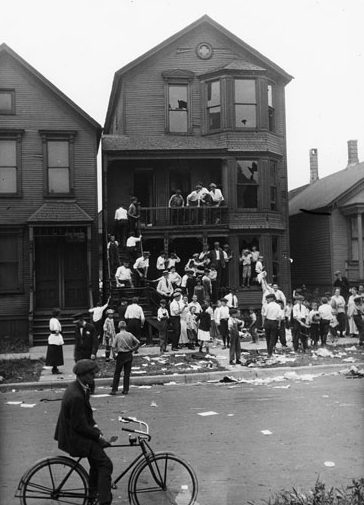
White youth raiding an African-American home and throwing its contents onto the street. 1919, Chicago. Photo by Jun Fujita. Source: Chicago History Museum.
“Race Riots” in Textbooks
And what do students learn of this early 20th-century episode of sustained, collective self-defense, a crucial moment in the long history of the Black freedom struggle? Both Houghton Mifflin Harcourt’s American History and Pearson’s American Journey (two U.S. textbooks used in my school, outside of Portland, Oregon) devote only a single paragraph to the riots. By comparison, American Odyssey’s (McGraw-Hill) five paragraphs, focusing mostly on the D.C. riot, seems generous. Unfortunately, American Odyssey’s account distorts the history and leaves students mystified about racism’s role in the violence:
Southern African Americans who had migrated to Washington, D.C., during the war had been competing for jobs in an atmosphere of mounting racial tension. Newspaper reports of rumored African American violence against whites contributed to the tension.
Following one such newspaper story, 200 sailors and marines marched into the city, beating African American men and women. A group of whites also tried to break through military barriers to attack African Americans in their homes. Determined to fight back, a group of African Americans boarded a streetcar and attacked the motorman and the conductors. African Americans also exchanged gunfire with whites who drove or walked through their neighborhoods.
By opening its analysis of the riots with Black people migrating and seeking work, American Odyssey structurally implies it was the actions of African Americans — rather than the white mobs — that prompted the violence. This is the same kind of backward reasoning that makes note of Trayvon Martin’s hoodie or Tamir Rice’s airsoft pistol in explaining their murders. In this framing, Black people always “do” something that justifies the violence that follows; white violence and volition is always incidental, never fundamental.

Daniel Hoskins at Gregg County Courthouse where a depository for privately owned guns was temporarily established following a race riot in Longview, Texas. July, 1919. Source: Library of Congress.
The authors of American Odyssey also pretend that Black resistance amounted to a single example aboard a streetcar, erasing the magnitude and breadth of the self-defense effort. A Black newspaper, the New York Age, celebrated as “splendid” the reach of the resistance, which included “poolroom hangers-on and men from the alleys and side streets, people from the most ordinary walks of life.” Neval Thomas, an active member of the Washington branch of the NAACP, counted 2,000 African Americans — many of them armed — patrolling D.C. city blocks with the intention to “die for their race, and defy the white mob.” White people were not being targeted because they “walked or drove through” Black neighborhoods, as American Odyssey ludicrously suggests, but because thousands of white people had organized themselves into mobs, and Black people were determined to protect themselves.
These textbooks peddle in the ambiguity of “racial unrest,” “racial violence,” and the most ubiquitous offender, “race riot,” to describe the events of 1919. (It’s worth asking: How does race riot?) These phrases give the impression of groups of Blacks and whites in conflict with each other, responsibility shared by “both sides.” But there is little doubt about who instigated these riots. As Cameron McWhirter has written, “In almost every case, white mobs — whether sailors on leave, immigrant slaughterhouse workers, or Southern farmers — initiated the violence.” African Americans, on the other hand, were not “rioting.” They fought back, counterattacked, defended themselves.
To capture the irrefutable fact of white culpability, a more accurate term might be racist riot. But “racism” or “racist” are terms these textbooks avoid. Even American Journey, the only book to actually use the word “racism” in its coverage of 1919, is not clear on what it is or how it operates. The authors write, “Housing shortages and job competition interacted with racism in 1919 to produce race riots in 26 towns and cities,” a vague formulation that makes racism outside, rather than constitutive of, the history of U.S. labor and housing patterns.

White mob running with bricks during the race riots in Chicago, 1919. Photo by Jun Fujita. Source: Chicago Historical Society.
The absence of a full-throated naming of racism’s role in these episodes of anti-Black collective violence matters. By downplaying the extent to which violent white supremacy shaped African Americans’ 20th-century experiences, textbooks leave students without the knowledge to fully account for racism as a key force in modern social relations. No wonder the question of reparations is so seldom seriously entertained in mainstream U.S. political discourse. You cannot repair a pattern of harm that you have been taught to neither acknowledge nor understand. When students are given access to the real history, as they are, for example, in Linda Christensen’s powerful lesson on the Tulsa Massacre, which shares many of the hallmarks of the riots of 1919, reparations no longer seem outlandish, but simply fair.
One hundred years ago, Black people across the United States met white mob violence with countless defiant acts of self-defense. Today’s Black Lives Matter activists fit seamlessly into this centuries-long pattern of Black militant resistance to white supremacy, as they mobilize against the violent policies and militarized police that threaten their neighborhoods, as they challenge the corporate media’s habit of framing victims of white racist violence as the authors of their own destruction, as they demand we confront the damage the history of white supremacy has wrought. Our students deserve the opportunity to identify this throughline of Black agency, rebellion, and resistance. It is a powerful call to action for all of us: Red Summer is now.
 This article is part of the Zinn Education Project’s If We Knew Our History series. © 2020 (Updated from original publication in April, 2019.) The Zinn Education Project, a project of Rethinking Schools and Teaching for Change.
This article is part of the Zinn Education Project’s If We Knew Our History series. © 2020 (Updated from original publication in April, 2019.) The Zinn Education Project, a project of Rethinking Schools and Teaching for Change.
A shorter version of this article was published in Teen Vogue on April 8, 2019, “In This Moment of Revived Racism, the Red Summer of 1919 Matters.”
This article is also available at Newsela. It was adapted for several additional reading levels by Newsela staff in September 2019.




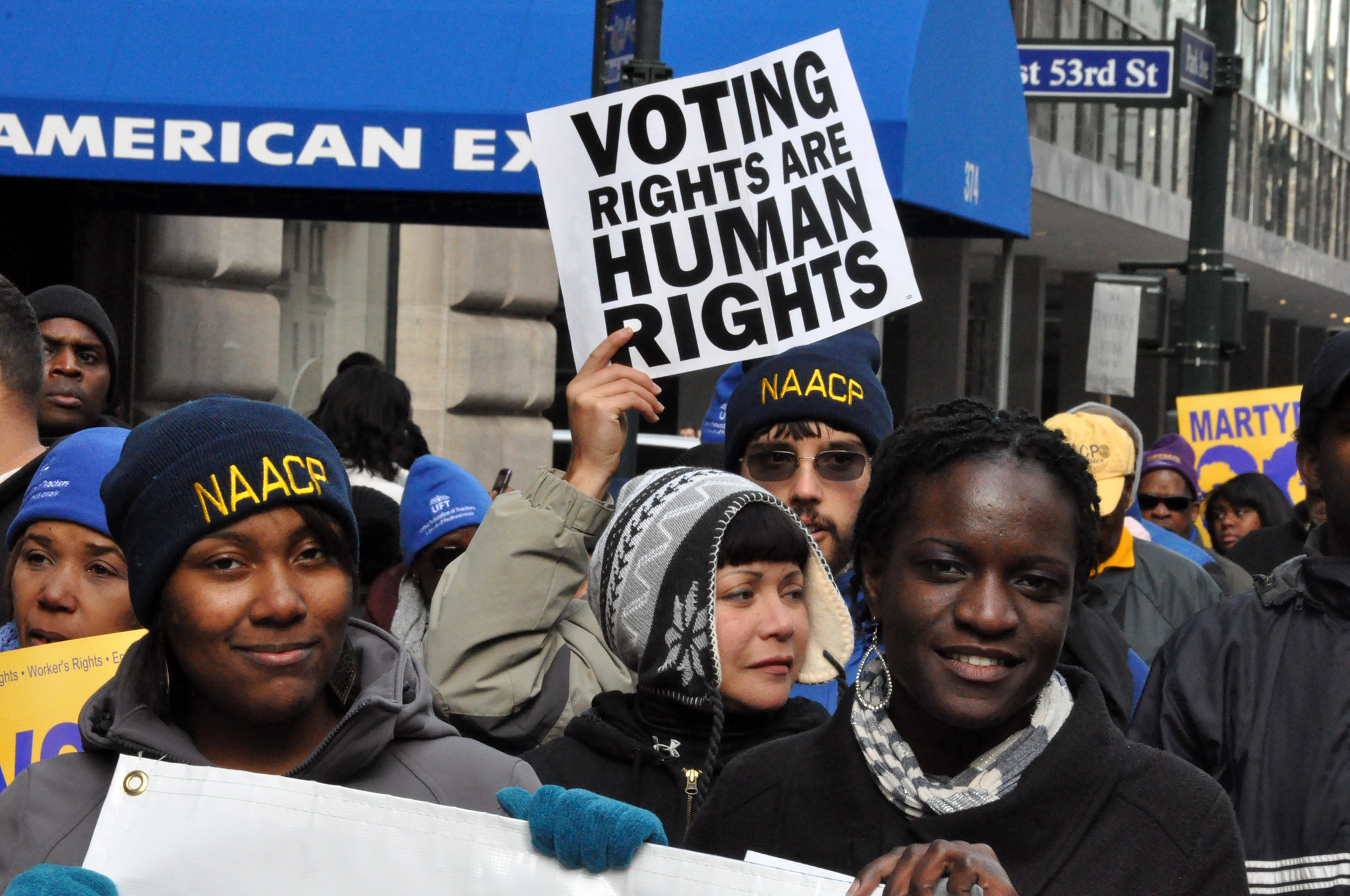

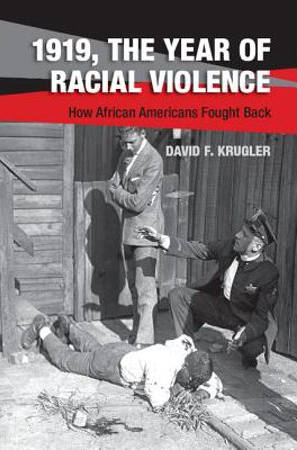
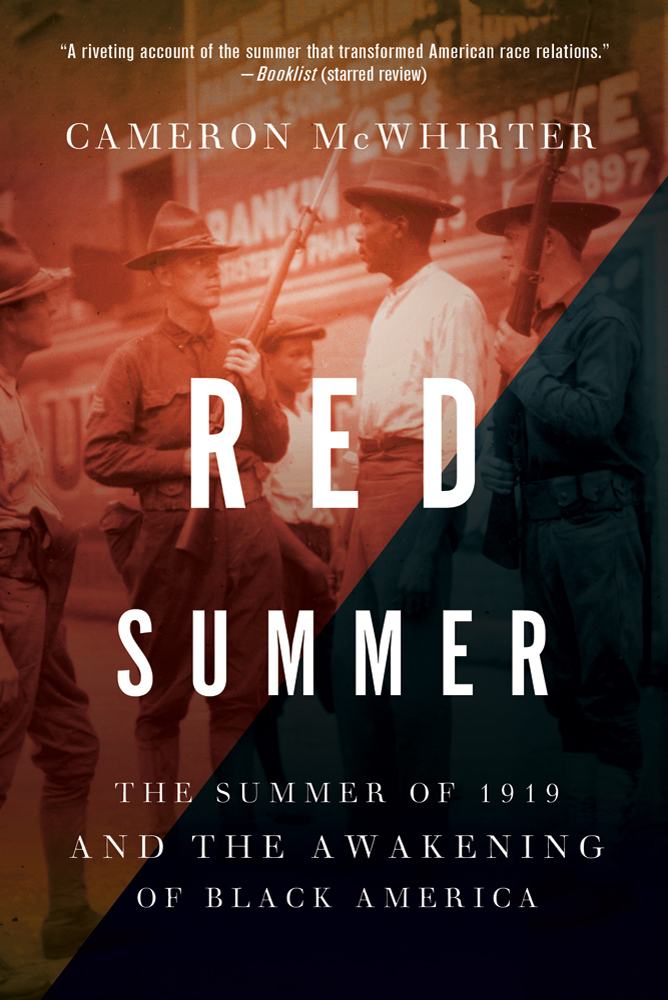
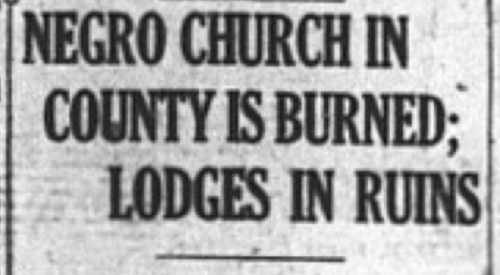
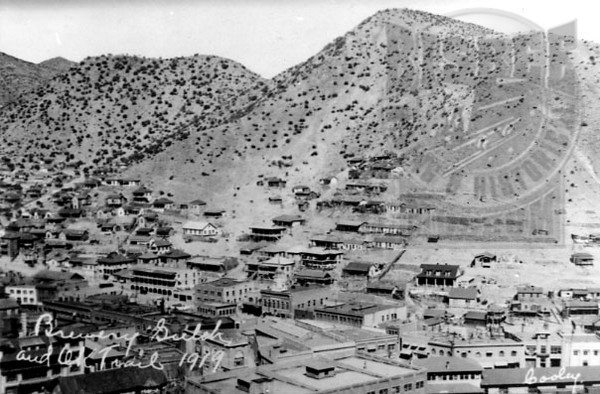
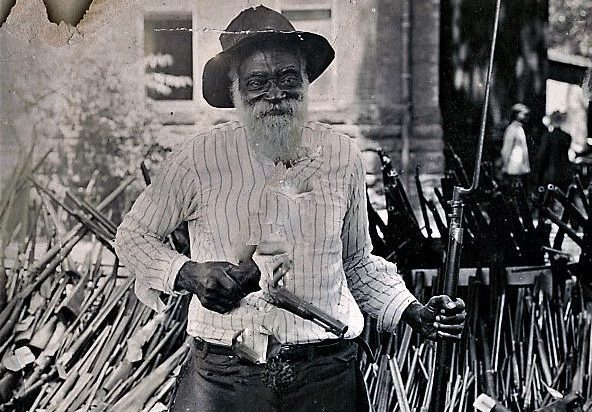
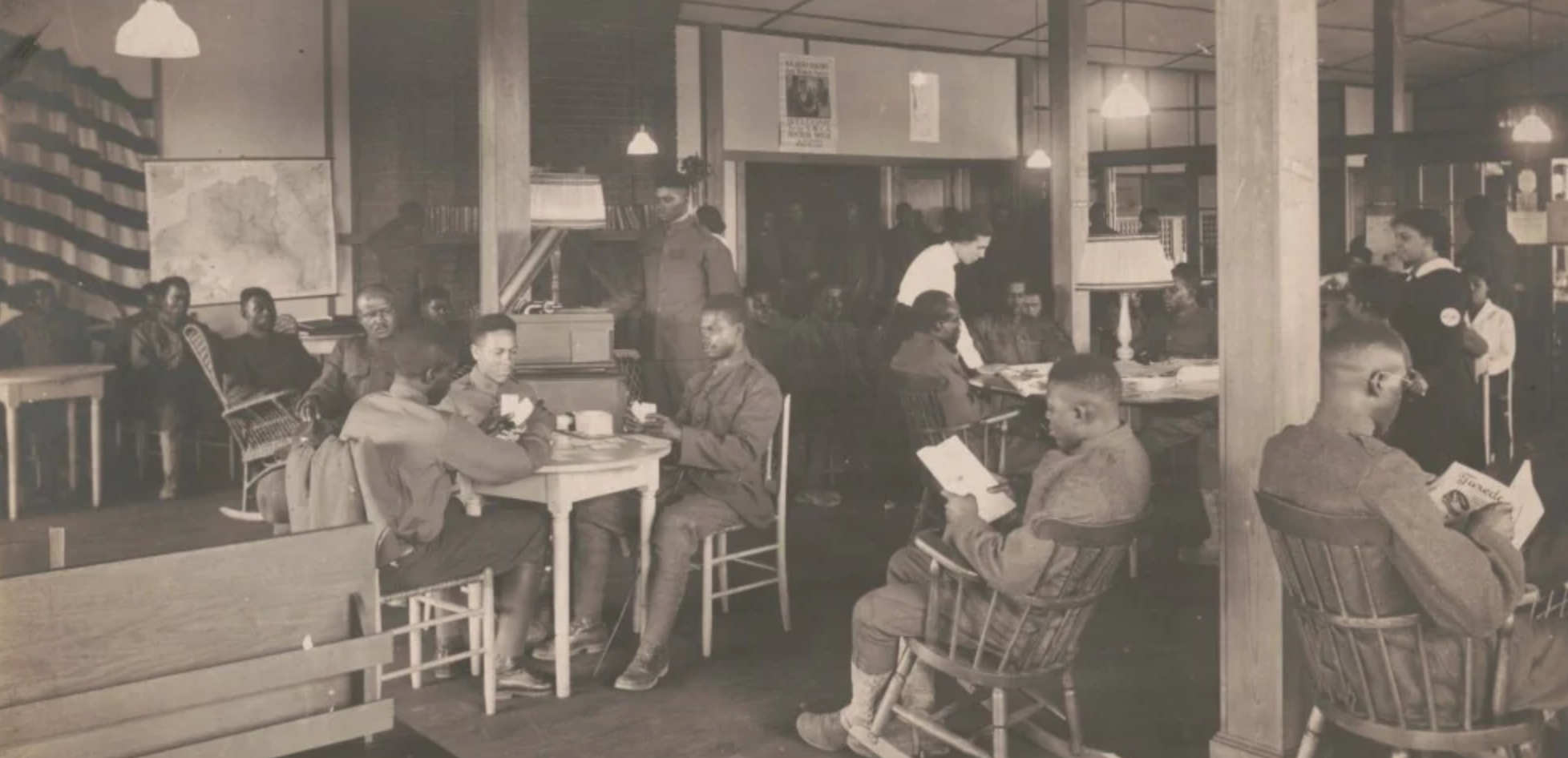
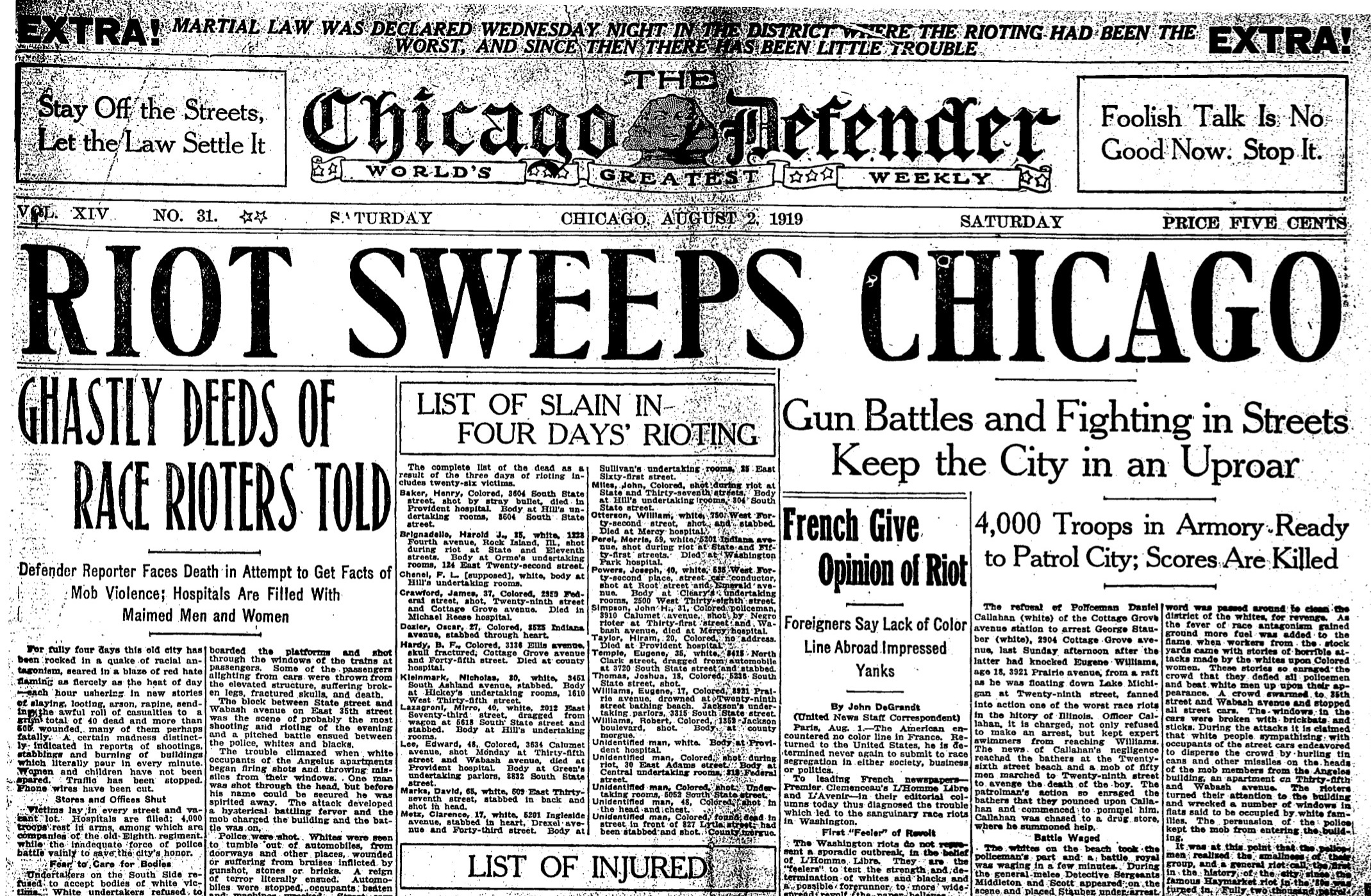
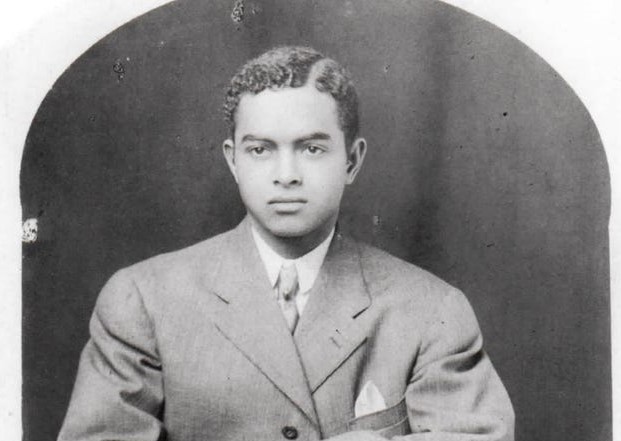
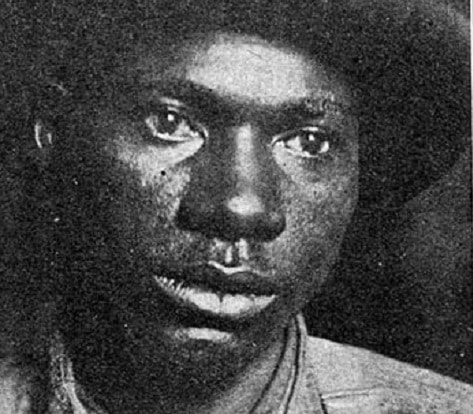






Twitter
Google plus
LinkedIn